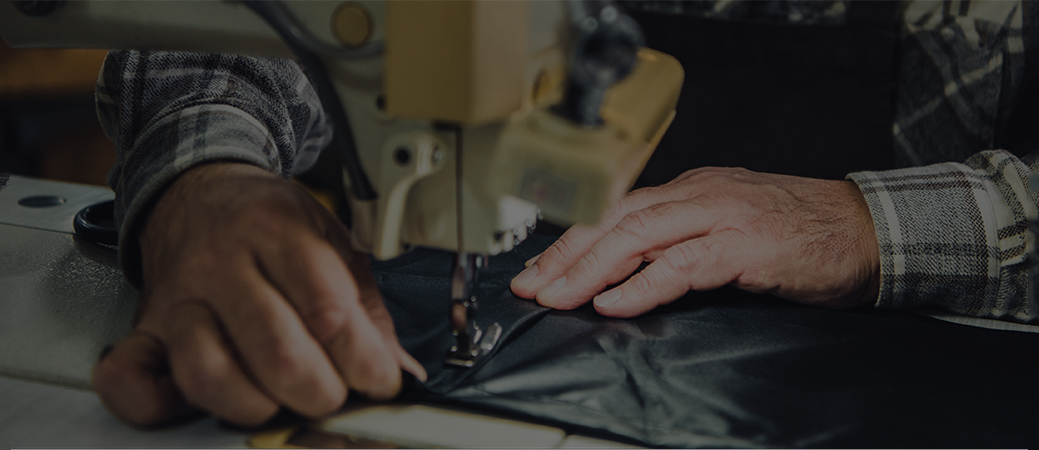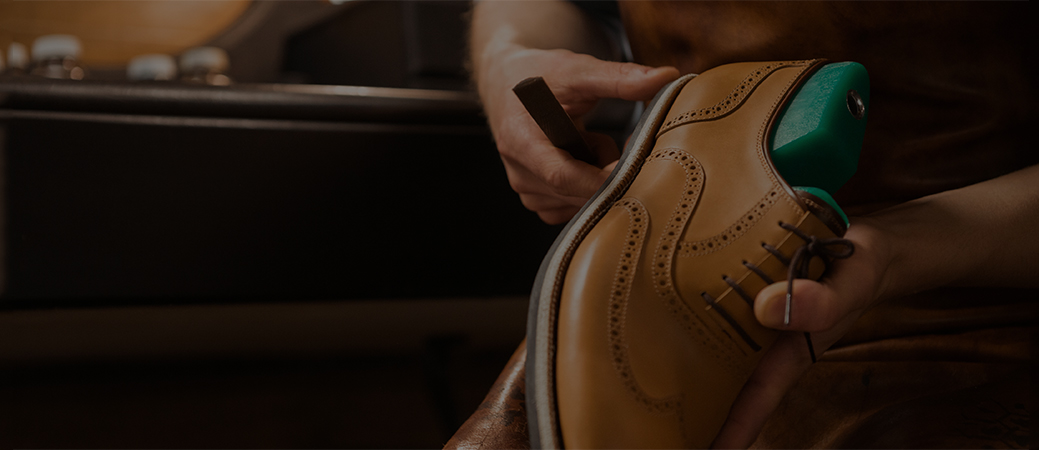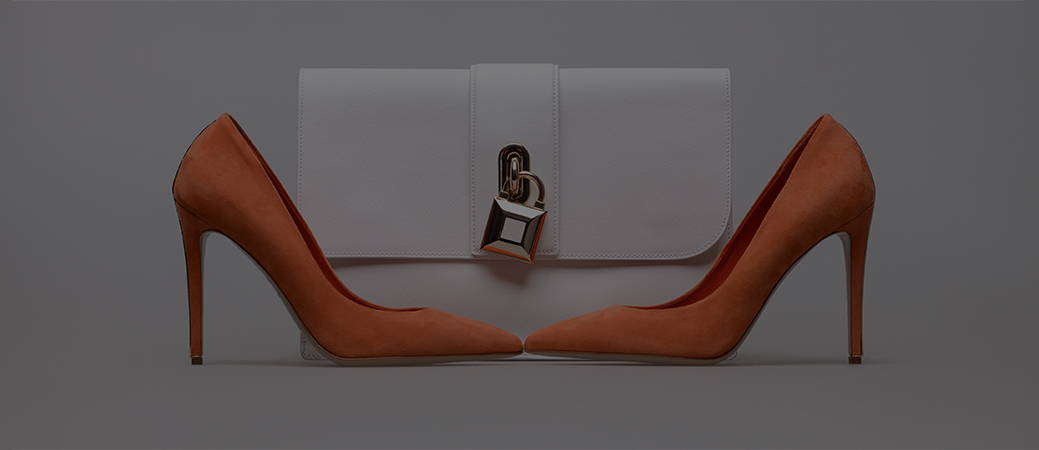Introduction
In recent years, the fashion industry has witnessed a remarkable shift towards sustainability and ethical practices. One significant development in this realm is the rise of vegan leather—an eco-friendly alternative to traditional animal-derived leather. Vegan leather, also known as faux leather or synthetic leather, offers a cruelty-free solution without compromising on style or quality. In this comprehensive article, we will delve into the world of vegan leather, exploring its environmental benefits, production processes, and the numerous reasons why it has emerged as a persuasive choice for conscious consumers.

An Image of vegan leather texture
Benefits of Vegan Leather
Vegan leather offers a myriad of advantages that position it as a sustainable alternative to animal leather. Here are the key benefits:
- Cruelty-Free: Vegan leather is entirely devoid of animal products, eliminating the need for animal farming and associated ethical concerns. It offers a compassionate choice for those who wish to avoid supporting the exploitation of animals.
- Environmental Friendliness: The production of traditional leather involves intensive processes that contribute to deforestation, water pollution, and the emission of harmful chemicals. In contrast, vegan leather reduces the environmental impact by utilizing sustainable materials such as plant-based polymers, recycled plastics, and innovative textiles.
- Resource Conservation: Animal agriculture requires significant resources, including land, water, and feed. Vegan leather production conserves these valuable resources, making it a more sustainable option for our planet.
- Versatility and Design Options: Vegan leather offers a wide range of textures, finishes, and colors, providing ample design possibilities for fashion and accessory brands. It allows for creativity without compromising on style, enabling the development of fashionable and trendsetting products.
Production Processes
- Polyurethane (PU) Coating: PU-coated vegan leather is crafted by applying a layer of polyurethane to a fabric backing, typically made from polyester or nylon. This process creates a material that closely resembles the texture and appearance of genuine leather. PU-coated vegan leather is known for its durability and resistance to wear and tear..
- Polyvinyl Chloride (PVC): PVC-based vegan leather is manufactured by combining PVC resins with plasticizers and stabilizers. While PVC has faced criticism due to its environmental impact, advancements have been made to develop more sustainable forms of PVC that minimize harmful emissions and utilize less toxic additives.
- Bio-Based Materials: With an increasing focus on sustainability, innovative companies are exploring the use of bio-based materials such as pineapple leaves (Piñatex), apple peels, and mushroom-derived materials. These alternatives offer a biodegradable and renewable option for vegan leather, further reducing its environmental footprint.
- Recycled Materials: Vegan leather can also be produced using recycled materials, including recycled plastics and fabrics. This approach reduces waste and promotes the circular economy, aligning with the principles of sustainability.
Persuasive Arguments
- Environmental Conservation: By opting for vegan leather, we contribute to reducing deforestation, minimizing water pollution, and curbing greenhouse gas emissions associated with traditional leather production. This choice helps protect biodiversity and conserve valuable resources for future generations.
- Animal Welfare: Vegan leather offers an ethical alternative, ensuring that no animals are harmed or exploited in the process. By supporting the use of vegan leather, we contribute to a more compassionate and cruelty-free fashion industry.
- Health and Safety: Traditional leather tanning involves the use of toxic chemicals, such as chromium salts, which pose health risks to workers and surrounding communities. Vegan leather production, on the other hand, utilizes safer materials and processes that reduce the exposure to harmful substances, fostering a healthier environment for all.
- Fashion without Compromise: Vegan leather has come a long way in terms of quality and aesthetics. It offers a wide range of textures, finishes, and colors, allowing fashion-conscious individuals to express their style without compromising their values. From sleek handbags to stylish jackets, vegan leather offers the versatility and trendiness that appeals to both designers and consumers.
- Accessibility and Affordability: Vegan leather provides an accessible option for those seeking high-quality, sustainable alternatives. As the demand for vegan leather grows, its availability and affordability continue to improve, making it a viable choice for a broader audience.
- Innovation and Advancements: The popularity of vegan leather has sparked innovation and research within the industry. Companies are investing in new technologies and materials to further improve the quality, durability, and sustainability of vegan leather. This dedication to progress ensures that the future of vegan leather holds even more exciting possibilities.





